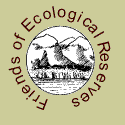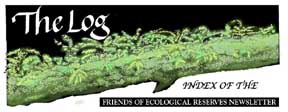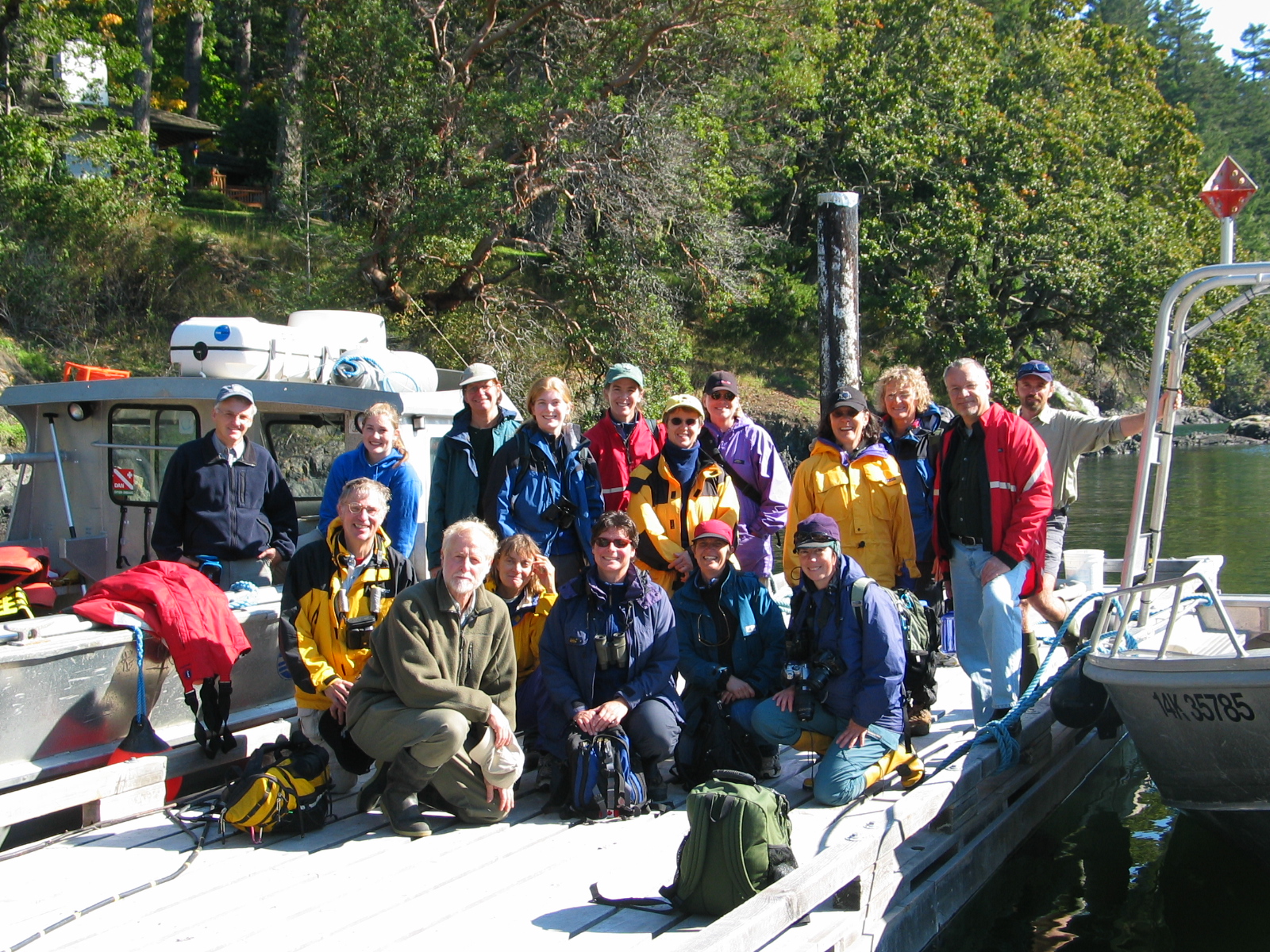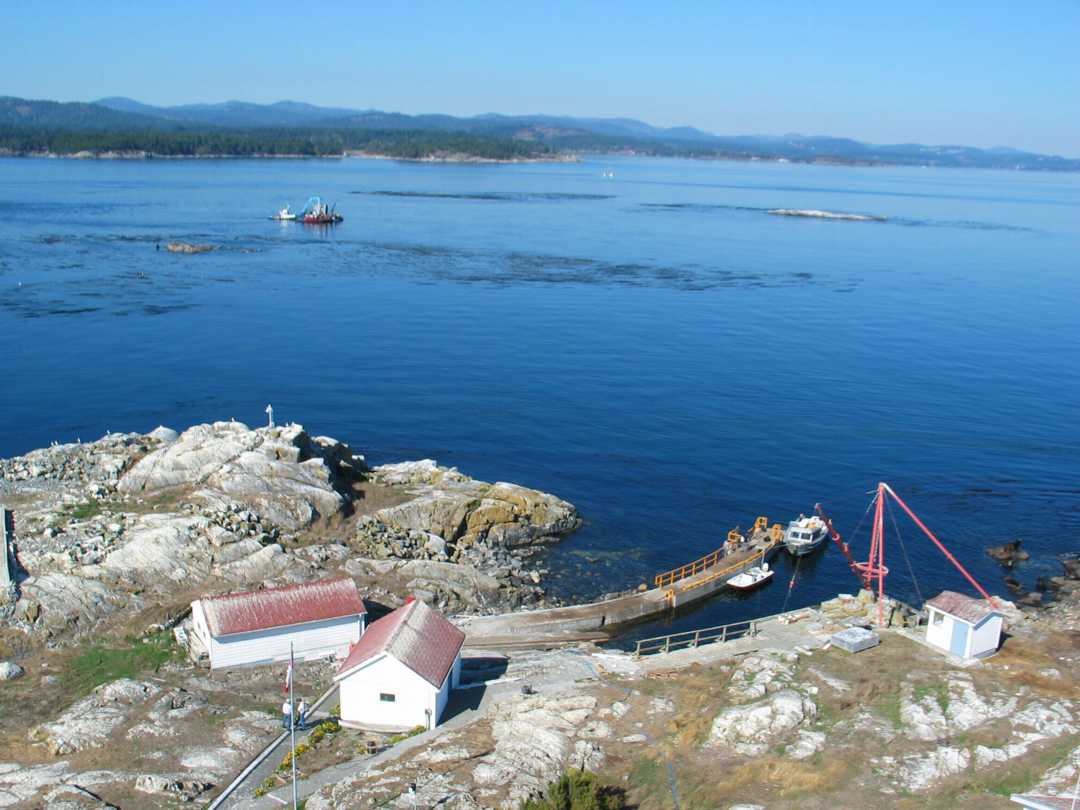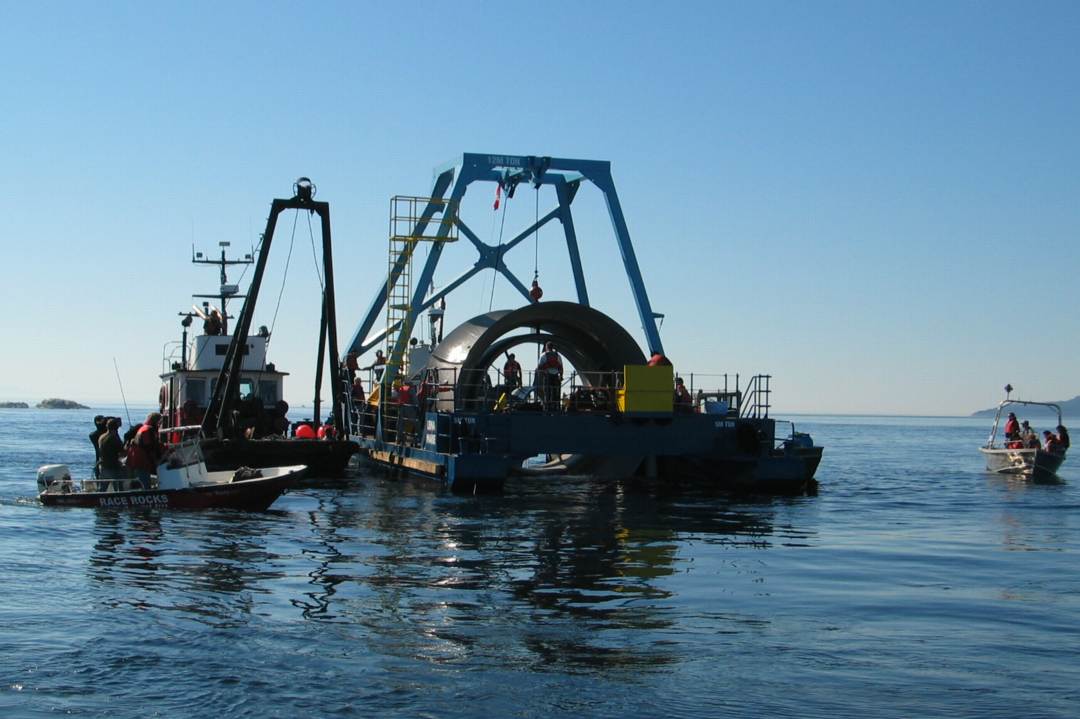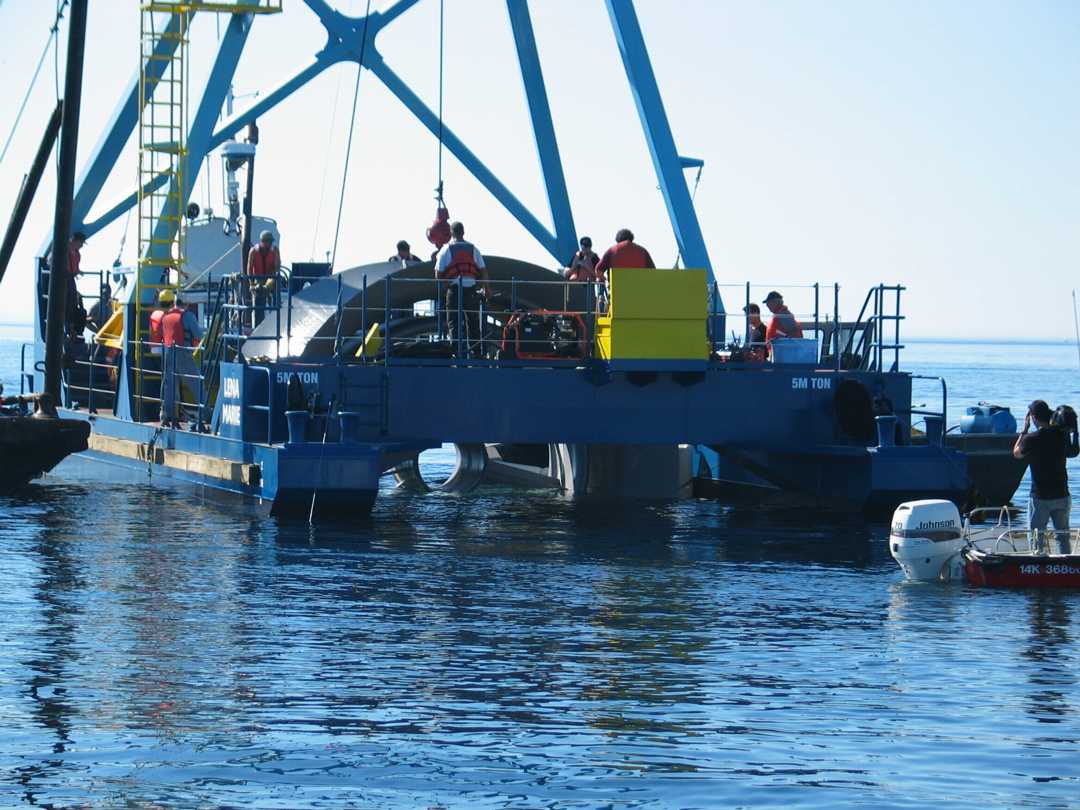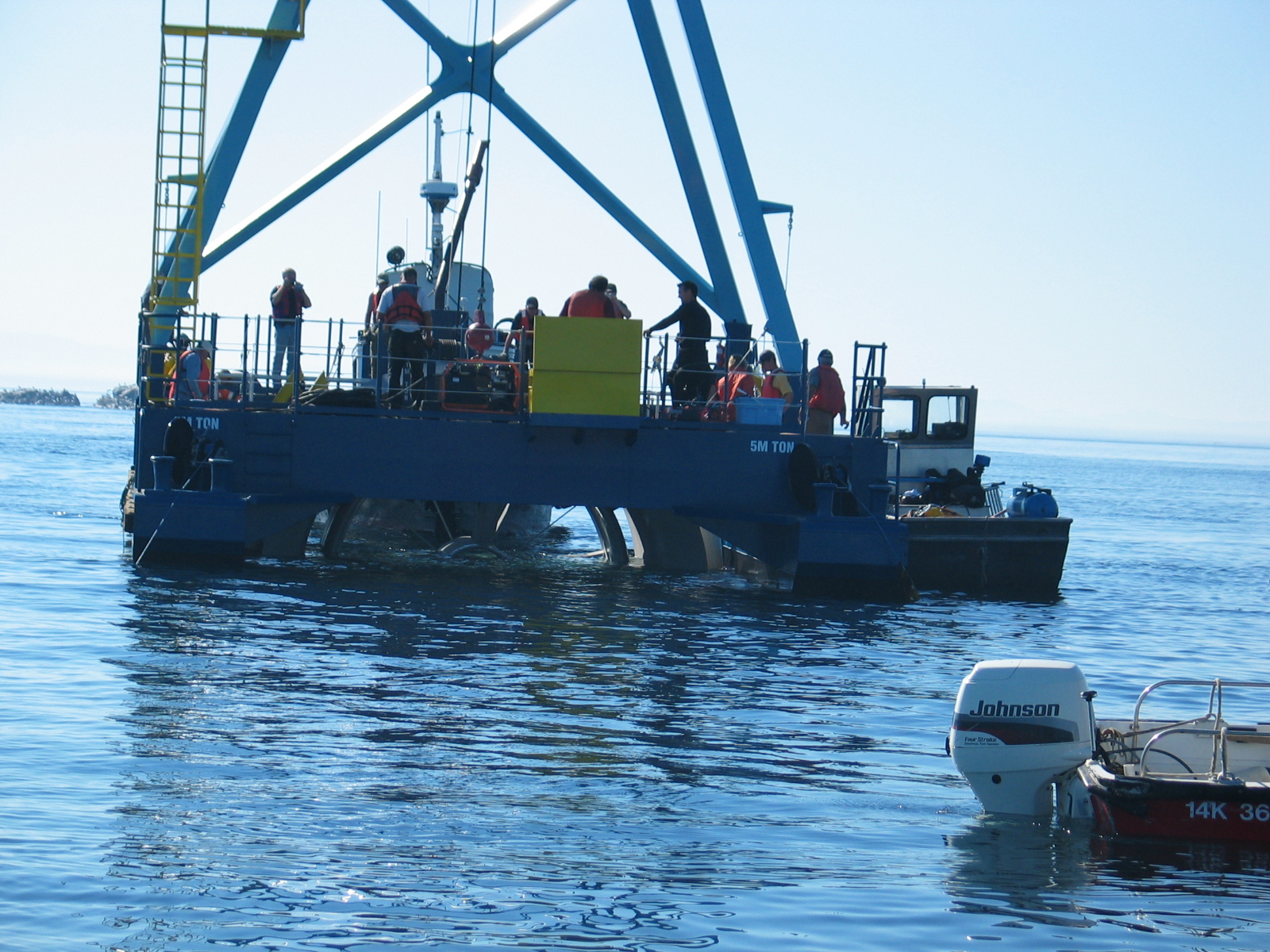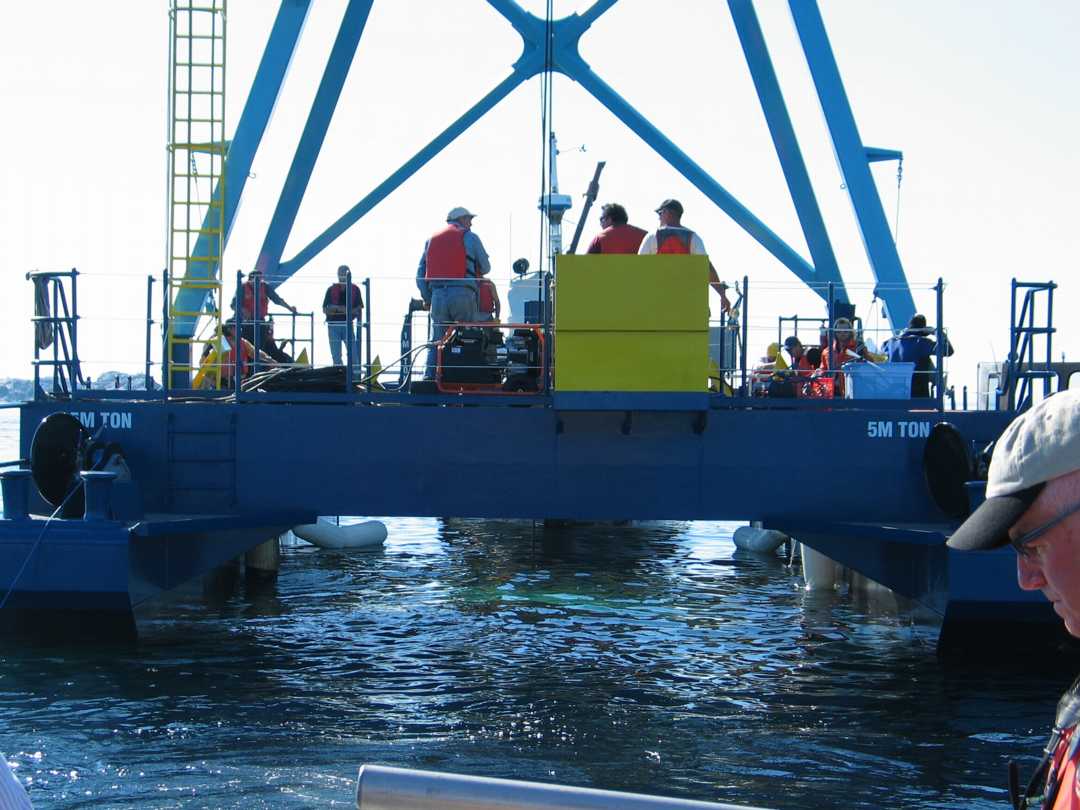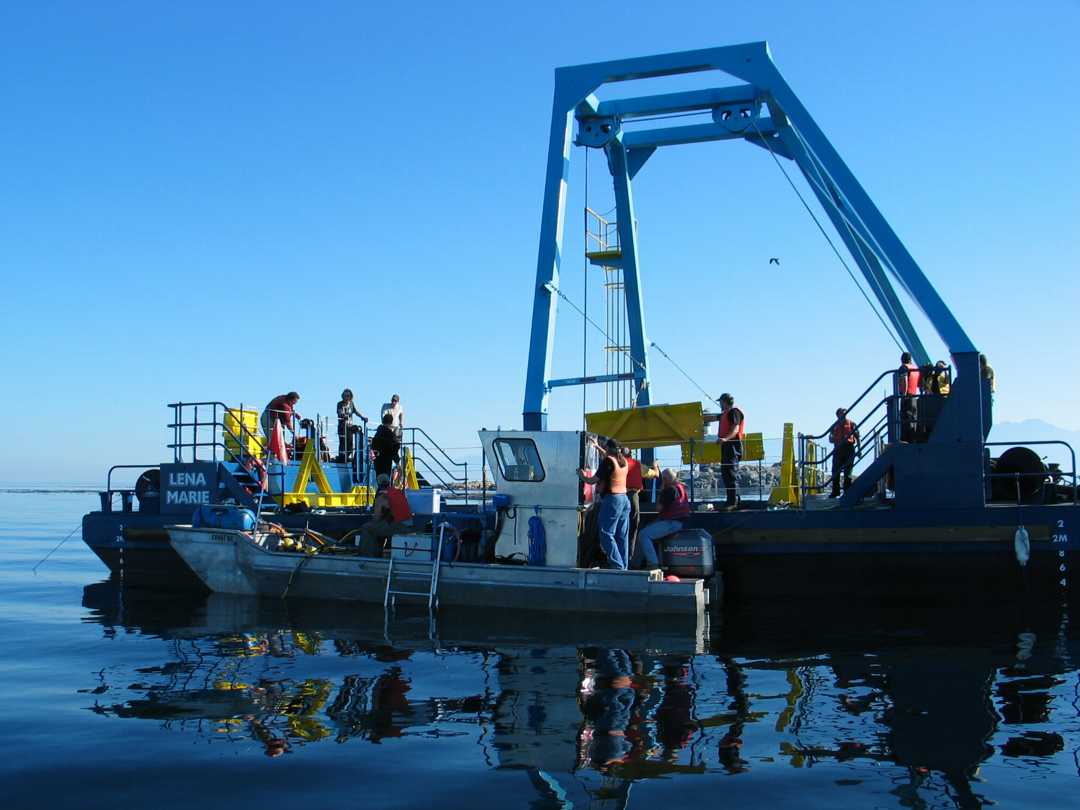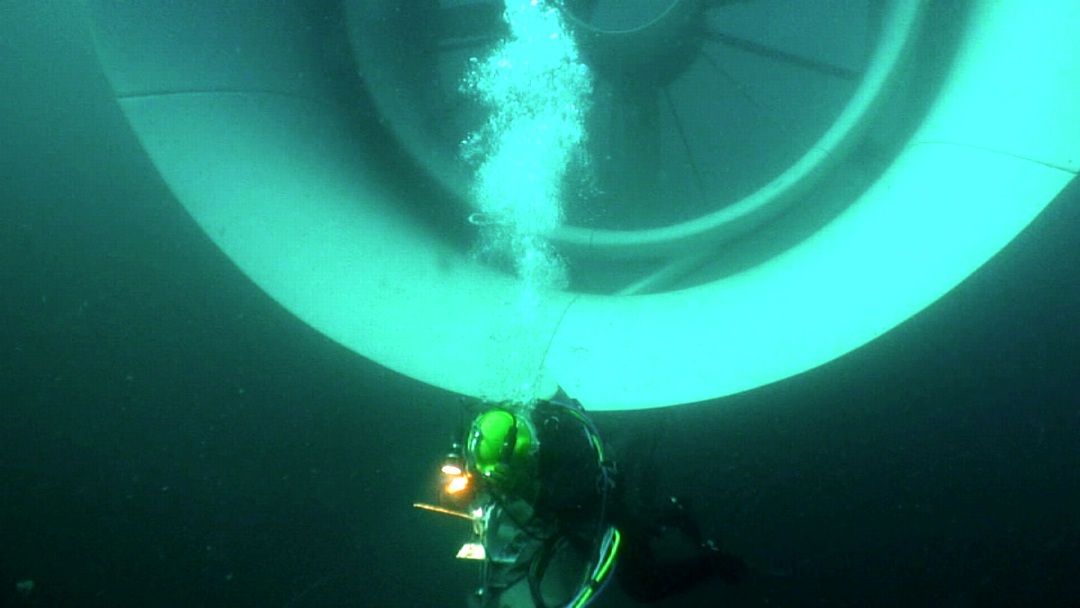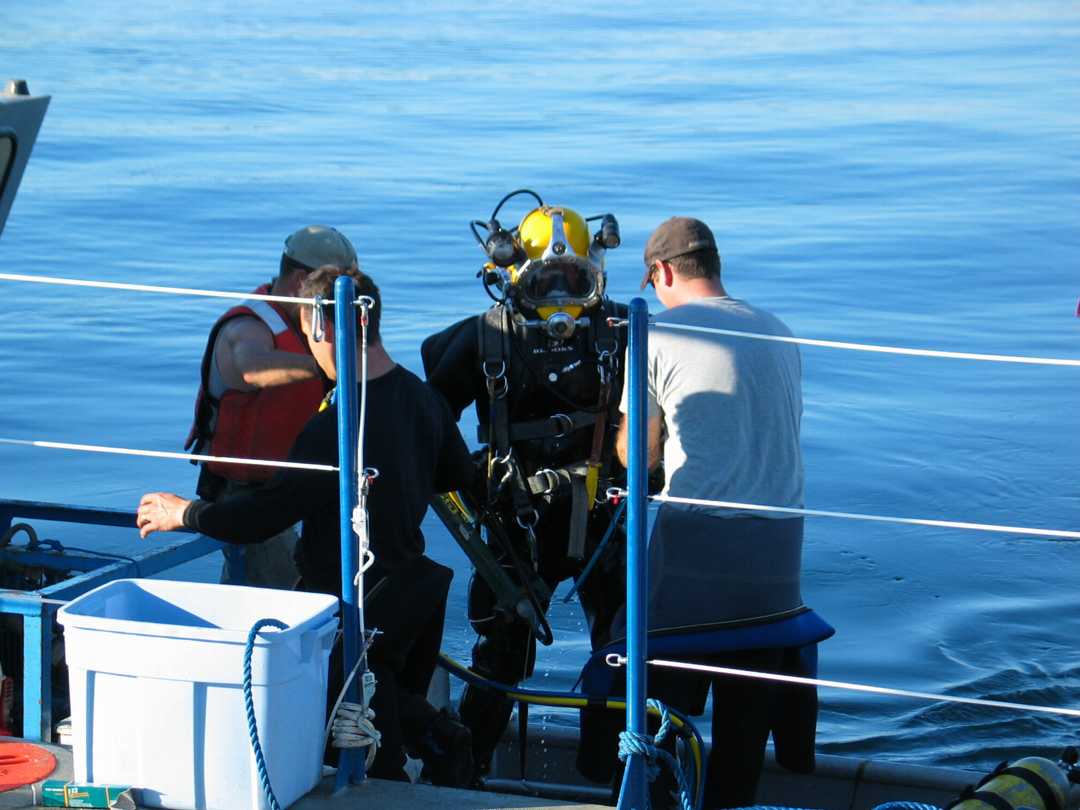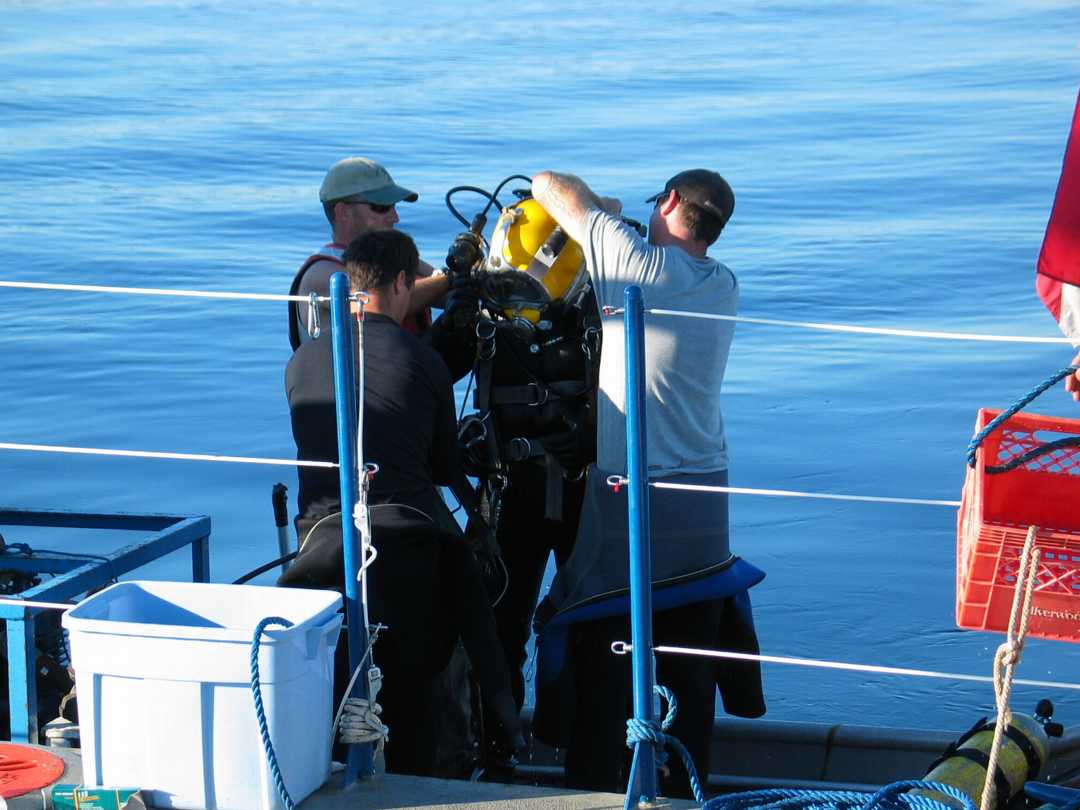ARCHIVAL MATERIAL
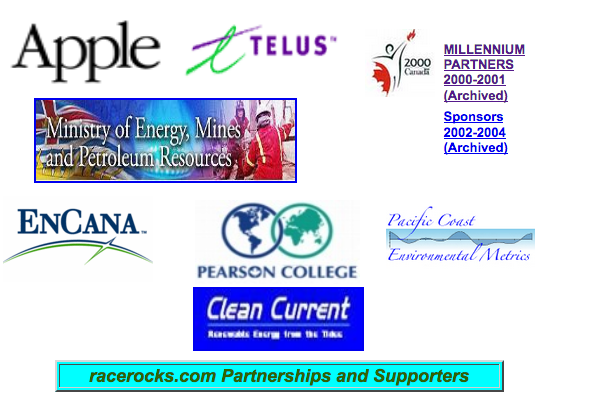
 Lester B. Pearson College– is one of ten United World Colleges located around the world. Two hundred students from over 80 countries study the International Baccalaureate curriculum during their two years at Pearson College. Garry Fletcher, a former faculty member who taught Environmental Systems and Biology at Pearson College, is the educational director of racerocks.com. Garry still works with students and staff to guide the educational content of the site. In addition, Laura Verhegge, also a faculty member teaching Biology and Marine Science provides additional guidance to the program. Pearson College operates the former Race Rocks light station facilities as a education centre under an agreement with BC Parks. Chris Blondeau, the Director of Operations for Pearson College provides the Operational Management of Race Rocks, and Ryan Murphy is employed by Pearson College as the on-site Ecoguardian. Pearson College is the lead proponent and partner directing the racerocks.com project.
Lester B. Pearson College– is one of ten United World Colleges located around the world. Two hundred students from over 80 countries study the International Baccalaureate curriculum during their two years at Pearson College. Garry Fletcher, a former faculty member who taught Environmental Systems and Biology at Pearson College, is the educational director of racerocks.com. Garry still works with students and staff to guide the educational content of the site. In addition, Laura Verhegge, also a faculty member teaching Biology and Marine Science provides additional guidance to the program. Pearson College operates the former Race Rocks light station facilities as a education centre under an agreement with BC Parks. Chris Blondeau, the Director of Operations for Pearson College provides the Operational Management of Race Rocks, and Ryan Murphy is employed by Pearson College as the on-site Ecoguardian. Pearson College is the lead proponent and partner directing the racerocks.com project. Apple Computers (Canada)– The Computers we use for the live video webcasts from Race Rocks are all made by APPLE COMPUTERS. In July of 2000, Apple Canada became a partner in the Millennium Partnership program with the donation of a Macintosh PowerBook G3. 500 MHz. It followed up with further support in April of 2001 with the donation of a G4 500 MHz portable computer, and a G4 1GHz computer a year later. These new high speed computers have been essential in broadcasting the manually operated live programs from the islands. They have been a most valuable addition for our live video webcasting programs.
Apple Computers (Canada)– The Computers we use for the live video webcasts from Race Rocks are all made by APPLE COMPUTERS. In July of 2000, Apple Canada became a partner in the Millennium Partnership program with the donation of a Macintosh PowerBook G3. 500 MHz. It followed up with further support in April of 2001 with the donation of a G4 500 MHz portable computer, and a G4 1GHz computer a year later. These new high speed computers have been essential in broadcasting the manually operated live programs from the islands. They have been a most valuable addition for our live video webcasting programs. Apple Learning Interchange The QuickTime live video streams are being hosted by the Apple Learning interchange (ALI) over the Akamai Internet distribution network. In April of 2001, a set of three airport cards was provided by ALI in order to make all the cameras webcasting wirelessly from the island. In late 2003, Apple has upgraded our equipment at Race Rocks with the contribution of 2 AirPort Extreme base stations and three 1GHz eMac computers for the webcasting cameras at Race Rocks. In addition, they provided funds for the purchase of the new robotic camera 5 for the island. Race Rocks support pages, ideas for educational applications and learning activities are available at: http://newali.apple.com/ali_sites/ali/exhibits/1000007/
Apple Learning Interchange The QuickTime live video streams are being hosted by the Apple Learning interchange (ALI) over the Akamai Internet distribution network. In April of 2001, a set of three airport cards was provided by ALI in order to make all the cameras webcasting wirelessly from the island. In late 2003, Apple has upgraded our equipment at Race Rocks with the contribution of 2 AirPort Extreme base stations and three 1GHz eMac computers for the webcasting cameras at Race Rocks. In addition, they provided funds for the purchase of the new robotic camera 5 for the island. Race Rocks support pages, ideas for educational applications and learning activities are available at: http://newali.apple.com/ali_sites/ali/exhibits/1000007/
 TELUS has been a major supporter of the rac erocks.com since its inception. This link provides the history of our long term relationship and dependence on TELUS.
TELUS has been a major supporter of the rac erocks.com since its inception. This link provides the history of our long term relationship and dependence on TELUS. In 2008 ,Pacific
In 2008 ,Pacific
Coast Environmental Metrics assisted by volunteering time to set up a new database to restore and improve the daily log for the racerocks.com website. PCEM donates the database hosting for the log (http://log.racerocks.ca).
DONORS: This file presents several of our donors to the Race Rocks program.The Hesse Family: Mr. and Mrs. Hesse of Metchosin have been long-term enthusiasts for ornithology. They decided to help us with our Race Rocks Program in 2003 and 2005 with a generous donation to the program. They have both passed away now but have left a generous legacy to the college.
Dr. Anita Brinkmann Voss : has provide long-term scientific support and financial assistance to the racerocks.com program.

In the design of the Race Rocks Taxonomy central index file, I have been able to rely on the freely available JavaScript DHTML code supplied by Andy Wooley of Milonic. The availability of such free assistance on the web has been essential to the building of this website .
Graduate Students: We are particularly fortunate to benefit from the services and support of a number of alumni of Lester B. Pearson College who have donated their time or have given direct financial assistance to racerocks.com
Ken Dunham ( PC year 9) has designed and implemented the advanced network at Pearson College, and recently
extended these facilities across the water to Race Rocks.
Giovanni Rosso (PC year 24) has provided the money for a digital camera and a videocamera for underwater work at Race Rocks.
Jochen Kumm (PC year 10) has provided a computer for the Ecological Overview database.
Ryan Murphy (PC year 25) is now employed as the ecoguardian at Race Rocks and has provided images for the racerocks.com website.

A Bold Initiative: racerocks.com utilizes 21st century technology to maximum advantage to create a dynamic educational web experience utilizing the extraordinary marine eco-system at Race Rocks, Canada’s most southerly point on the Pacific Coast.
Real time streaming video webcasts digital images of marine life from above the sea at Race Rocks and below the ocean when divers are on hand to do the live mobile webcasts. In addition, a complete environmental scan will be continually transmitted from the site using an array of data sensors in five ecosystems of the area.
The knowledge of the First Nations is being explored and explained as the Salish people share generations of experience in living in harmony with the abundance that once dominated this region and is now threatened.
Creative educators are developing internet-based curriculum to stimulate students and teachers to engage fully in the racerocks.com educational program. Researchers will share their studies and discoveries as we gain a new and deeper understanding of the ecosystem
The Place
For centuries, deep ocean currents and the great rivers of the Georgia Basin have converged in the Strait of Juan de Fuca between southern Vancouver Island and Washington State. Race Rocks reveals itself as nine rocky outcrops thrust from the ocean floor in the middle of the strait.
For generations the people of the Salish Nation prospered in this region at the entrance to the Salish Sea. The extraordinary richness of this diverse ecosystem represented by Race Rocks is valued today as it was then. Race Rocks has been an ecological reserve since 1980 and is becoming Canada’s first internationally recognized Marine Protected Area under the Ocean’s Act.
The small, rocky outcrops are home to seals, sea lions, elephant seals and birds, as well as the buildings and equipment of the Race Rocks Lighthouse. These outcrops are literally the tip of the ecosystem New leading-edge bathymetry reveals Race Rocks as a giant underwater mountain. The diversity of marine life is breathtaking and still not fully explored. The teachings of Salish elders merge with more recent science to explain the mysteries of nature at Race Rocks.
The Technology
Recent developments have made a complex real time streaming video site possible. Presently three cameras operating wirelessly and digital cameras and an array of data sensors above and below the ocean at Race Rocks collect information. The internet signal is transmitted by broad band radio from the top of the Race Rocks light tower directly to nearby Pearson College. From Pearson College, through high speed fiber links to the racerocks.com server, and also on to the AKAMAI network, the video and data is now available throughout the internet. Two-way interactive capability has been incorporated into the design to allow for specific educational programming.
|
For further information on sponsorship contact :
Director of External Relations at Lester B. Pearson College. |
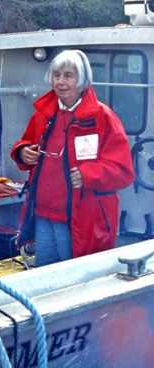 Dr. Anita Brinckmann-Voss passed away on December 12 at her home in Sooke BC. Anita had been a long time friend of Lester B. Pearson College. From 1986, to 2005, Dr. Anita Brinckmann-Voss BC assisted the students and faculty of Lester Pearson College with her understanding of marine invertebrate ecology and her expertise in the taxonomy of hydroids and other invertebrates. Anita was one of the very few remaining taxonomists in the world who worked at such depth with this group of organisms. She assisted many students with their work in biology and marine science and worked closely with several divers at the college who collected specimens for her. Anita also was a regular donor to the Race Rocks program at the college.
Dr. Anita Brinckmann-Voss passed away on December 12 at her home in Sooke BC. Anita had been a long time friend of Lester B. Pearson College. From 1986, to 2005, Dr. Anita Brinckmann-Voss BC assisted the students and faculty of Lester Pearson College with her understanding of marine invertebrate ecology and her expertise in the taxonomy of hydroids and other invertebrates. Anita was one of the very few remaining taxonomists in the world who worked at such depth with this group of organisms. She assisted many students with their work in biology and marine science and worked closely with several divers at the college who collected specimens for her. Anita also was a regular donor to the Race Rocks program at the college.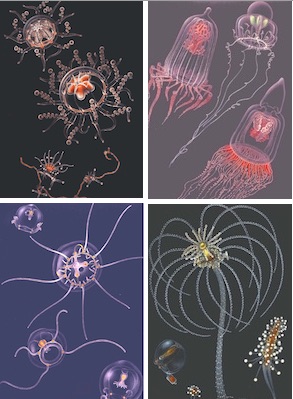 Most noteworthy, however, was a landmark publication to come: her monumental monograph on hydrozoans of the Gulf of Naples, published in 1970. It highlighted studies on hydrozoan life cycles and was accompanied by the most beautiful illustrations of these marine animals that have ever been created. See the complete copy with color plates here: Brinckmann70:
Most noteworthy, however, was a landmark publication to come: her monumental monograph on hydrozoans of the Gulf of Naples, published in 1970. It highlighted studies on hydrozoan life cycles and was accompanied by the most beautiful illustrations of these marine animals that have ever been created. See the complete copy with color plates here: Brinckmann70: 
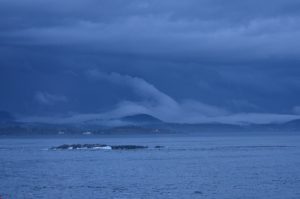
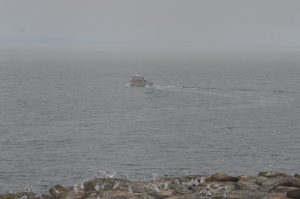
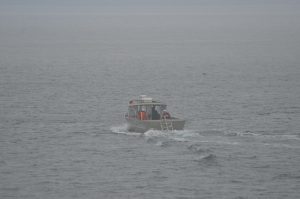
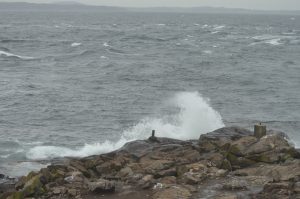
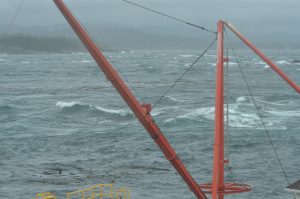
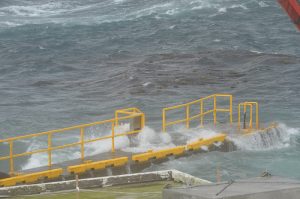
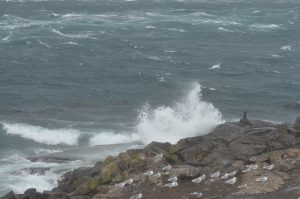
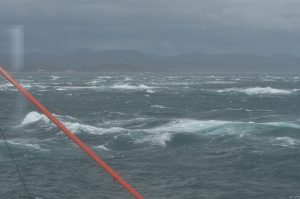
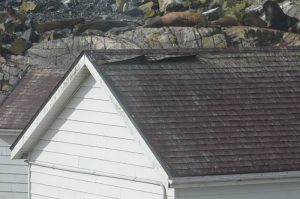
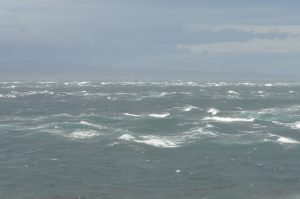
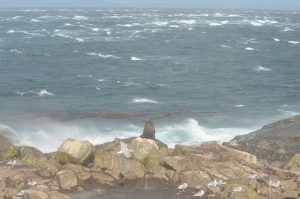
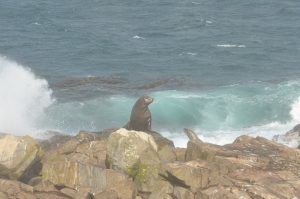
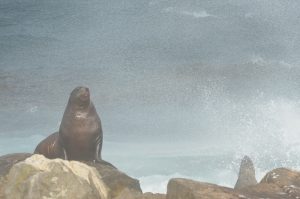
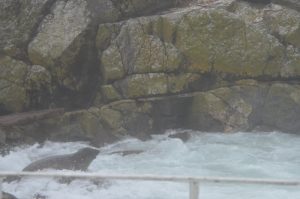
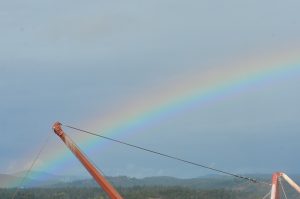
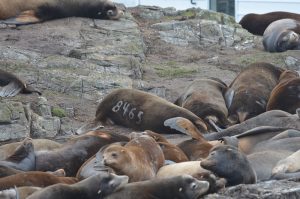
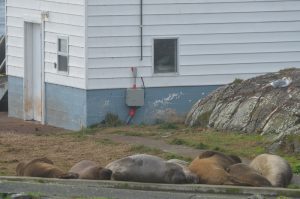
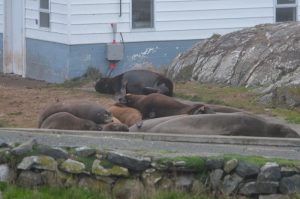
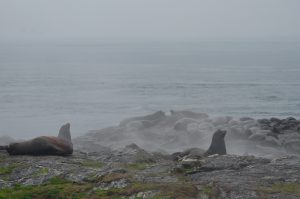
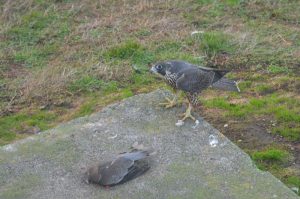
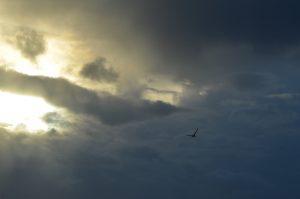

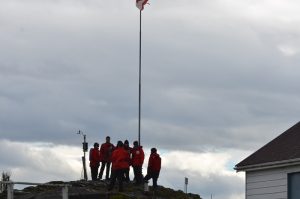


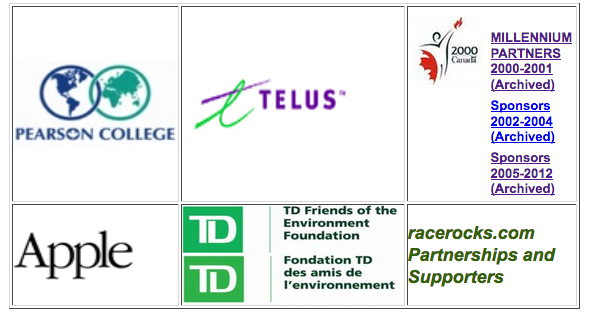





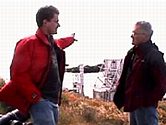
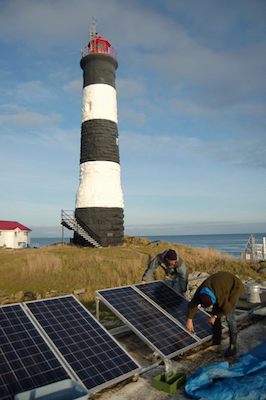
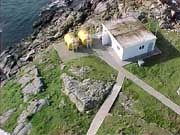
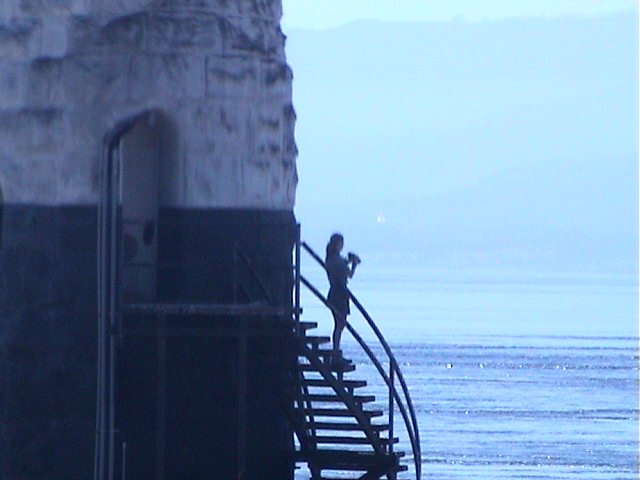
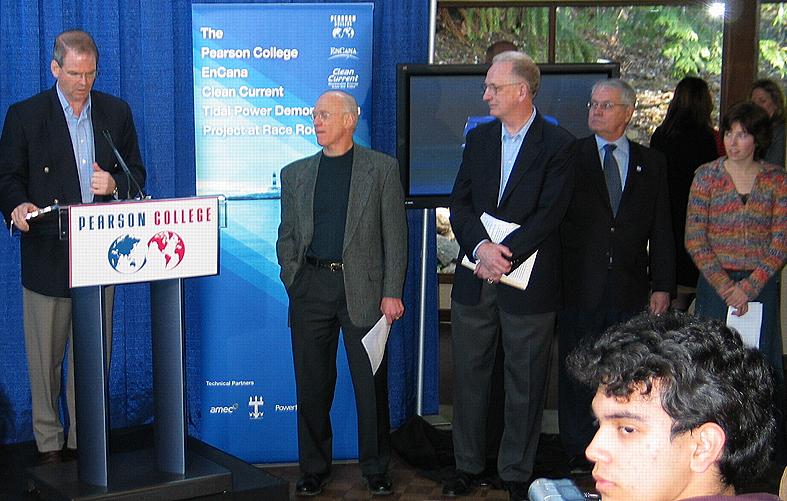
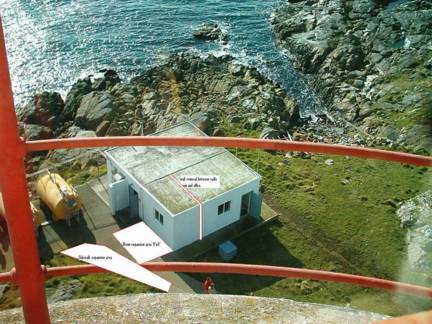
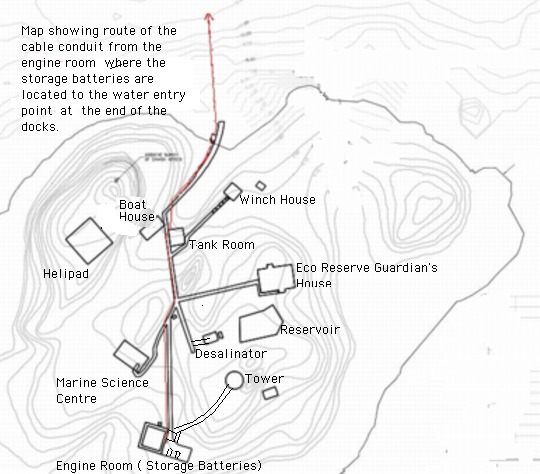
 nderwater testing of structural materials to be used for the turbine
nderwater testing of structural materials to be used for the turbine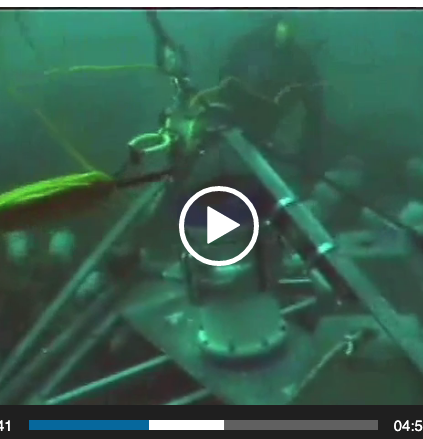
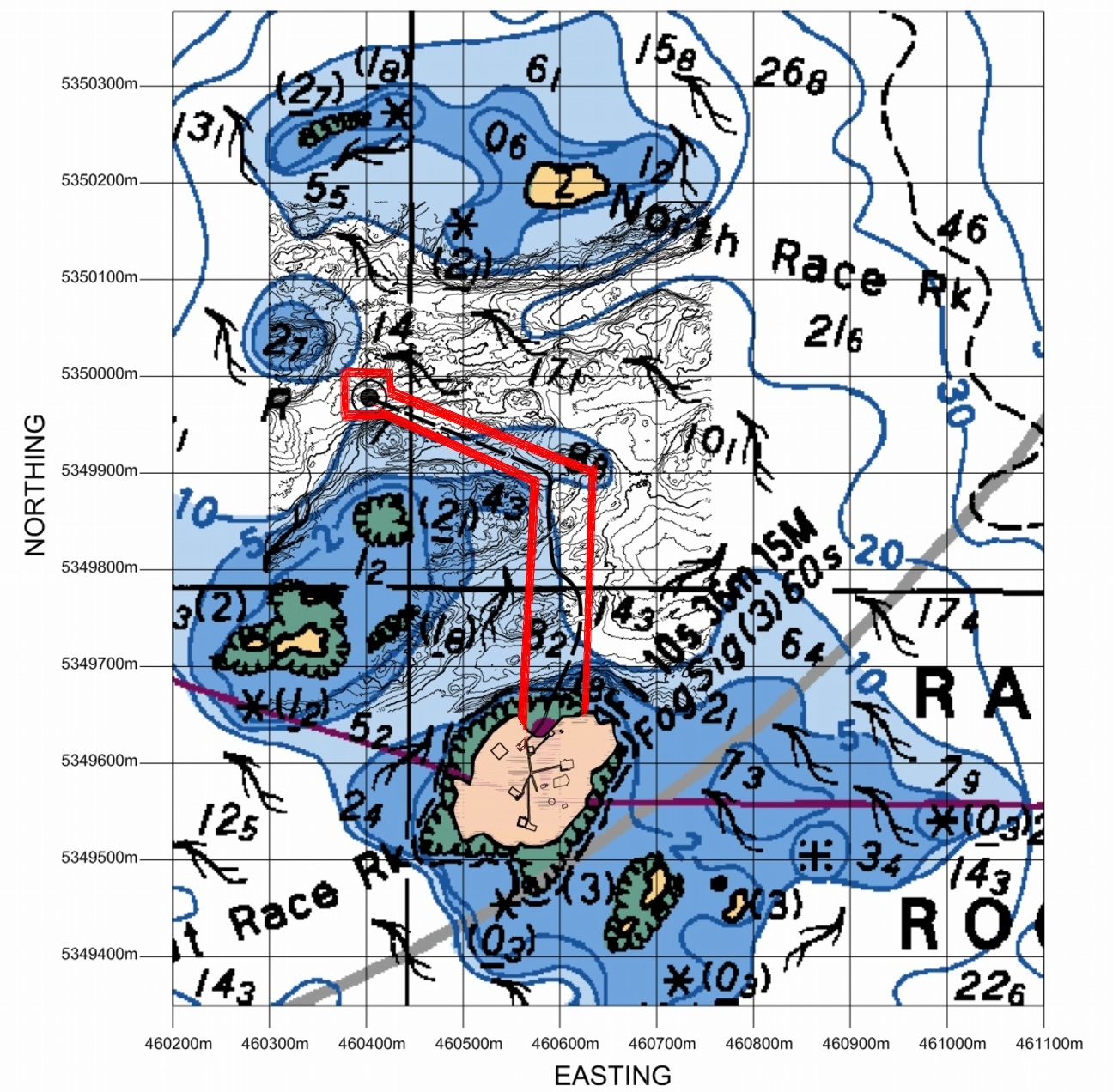

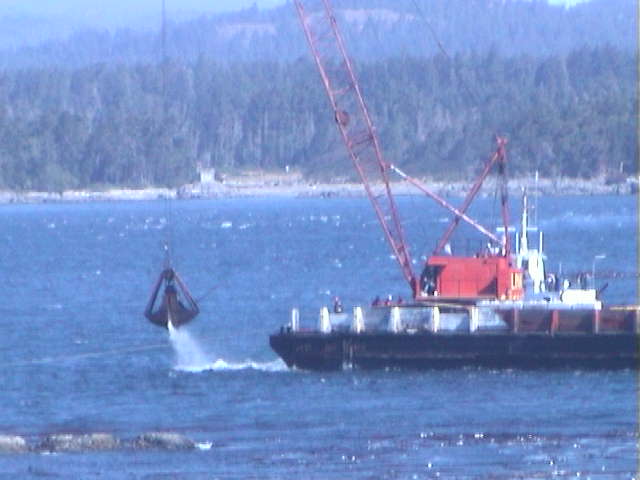
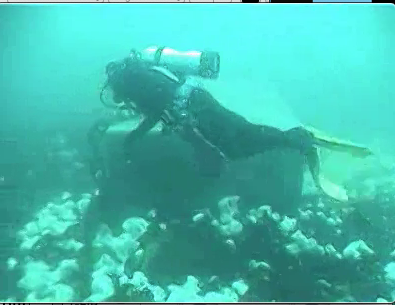
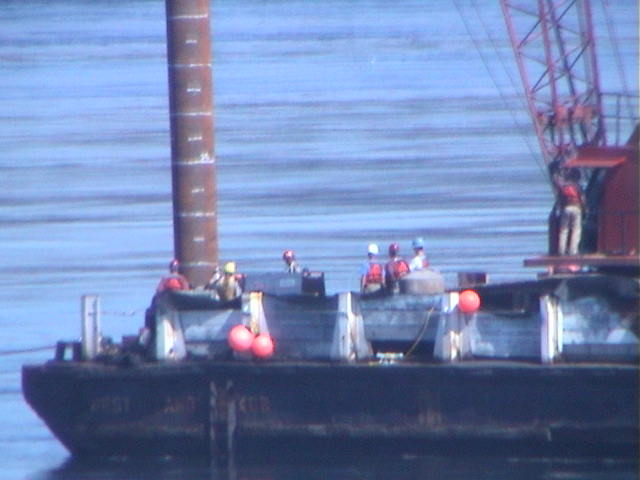
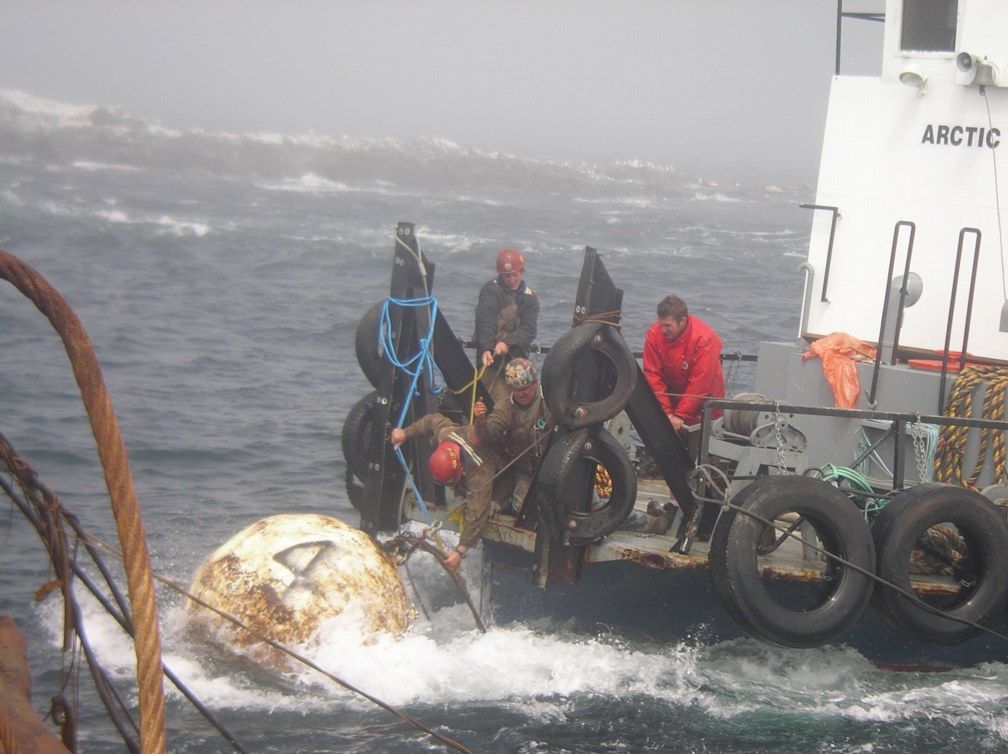
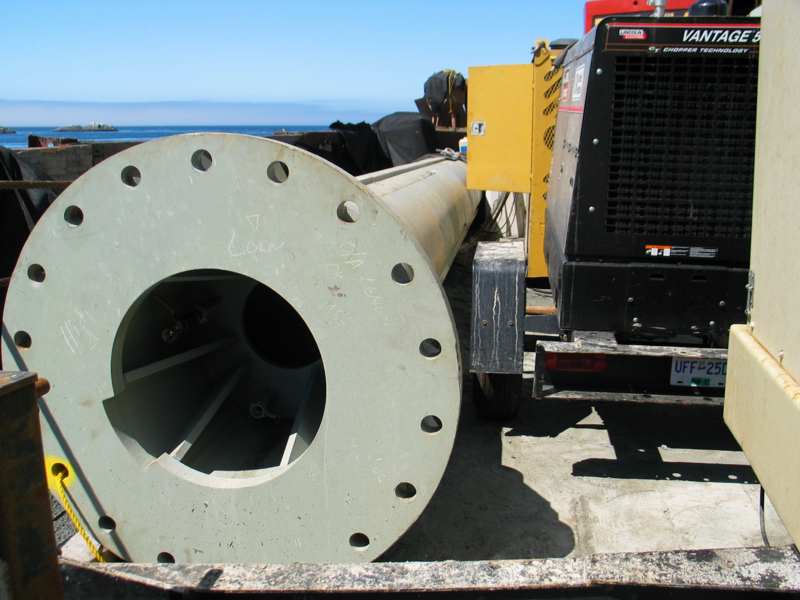
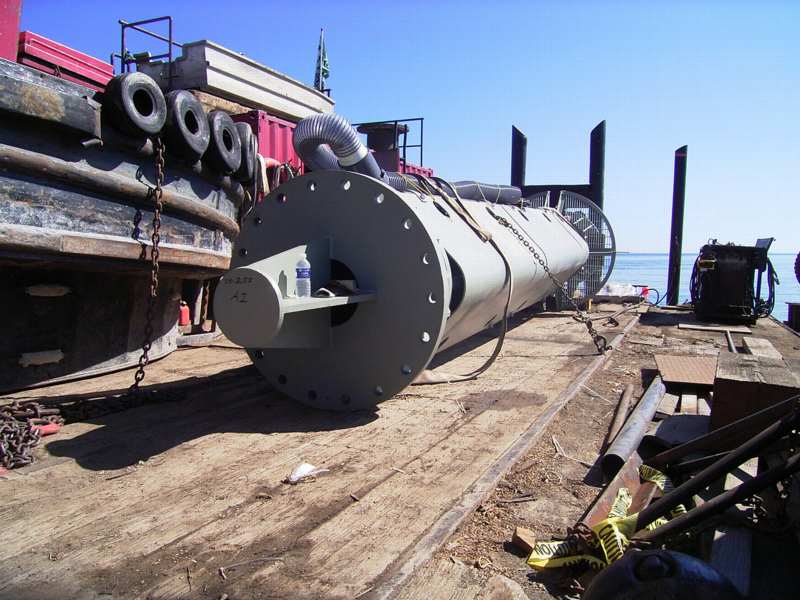
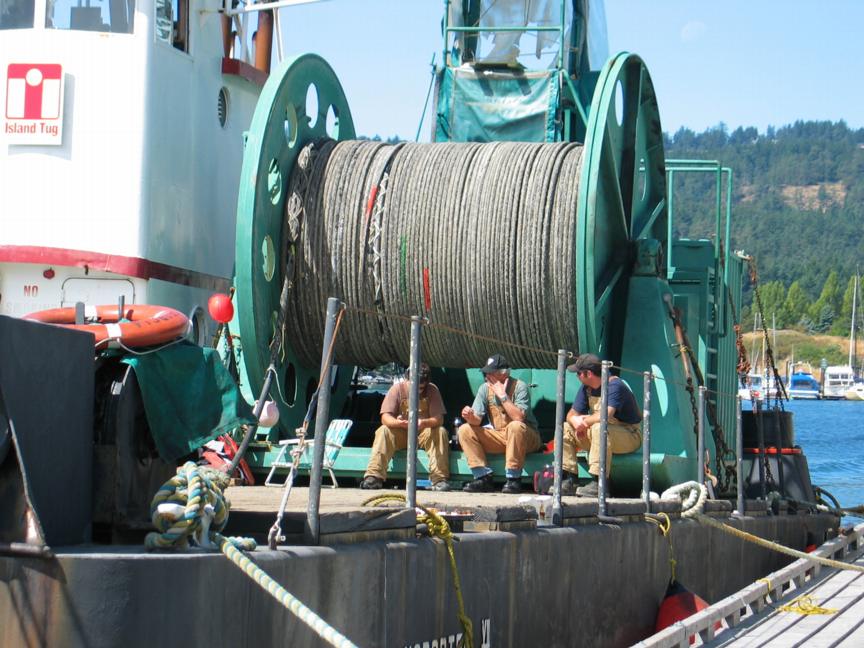
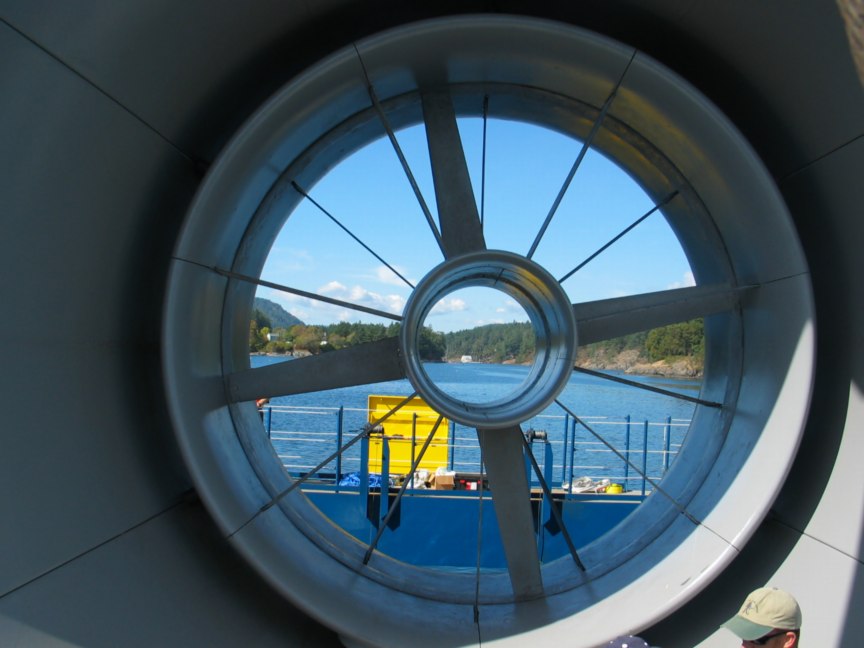
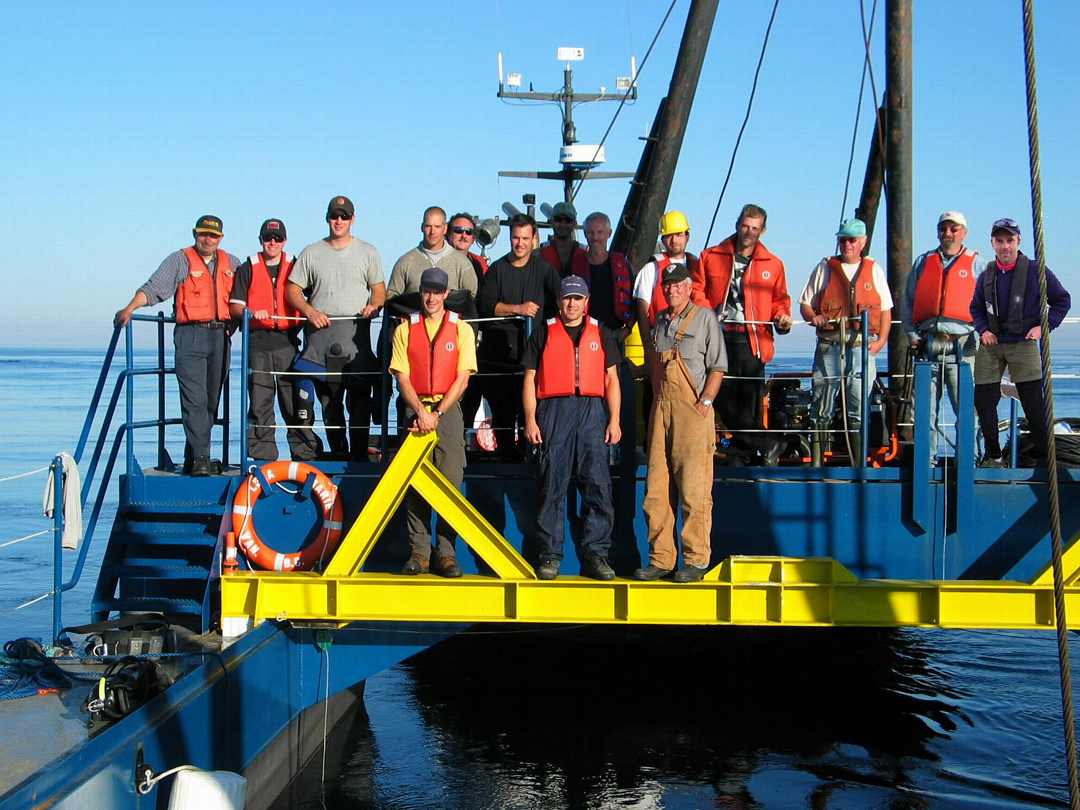
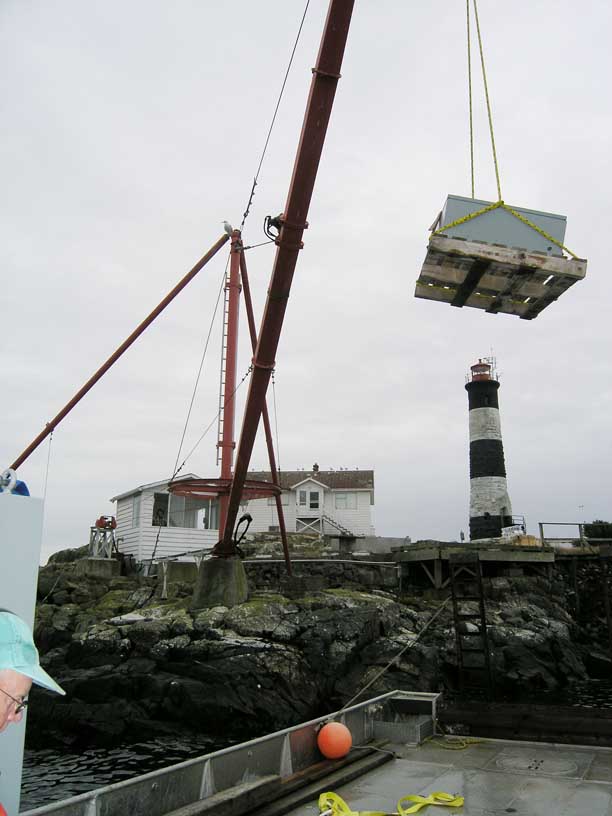
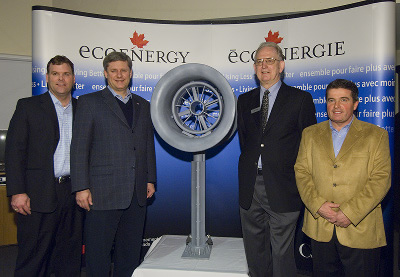
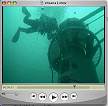
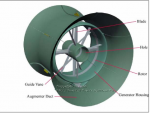
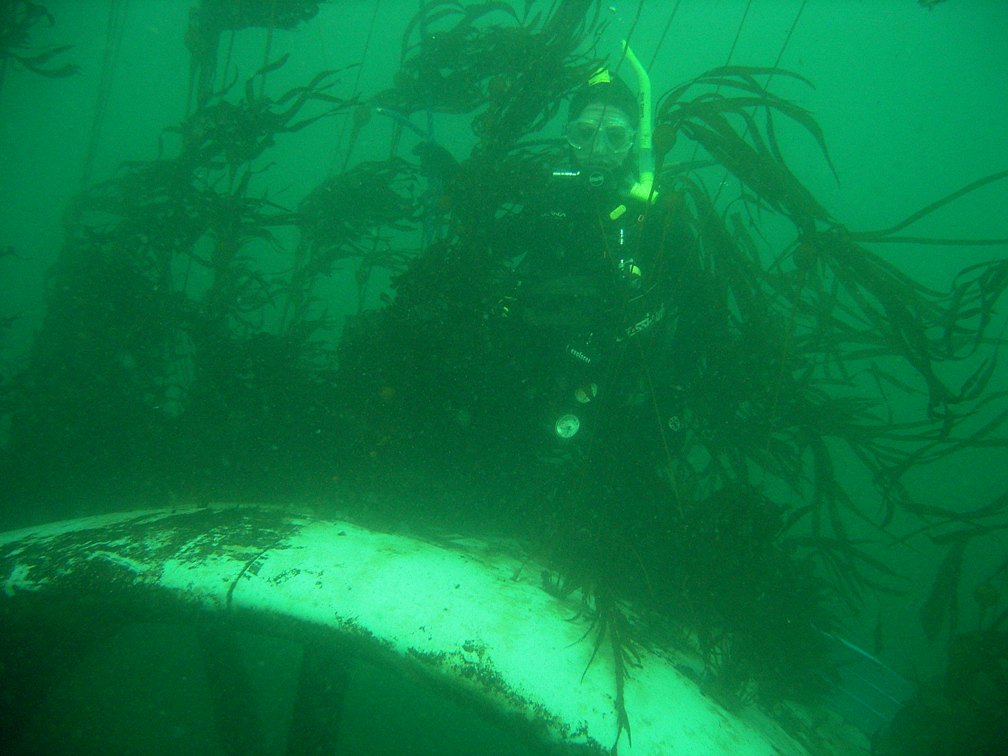
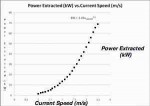
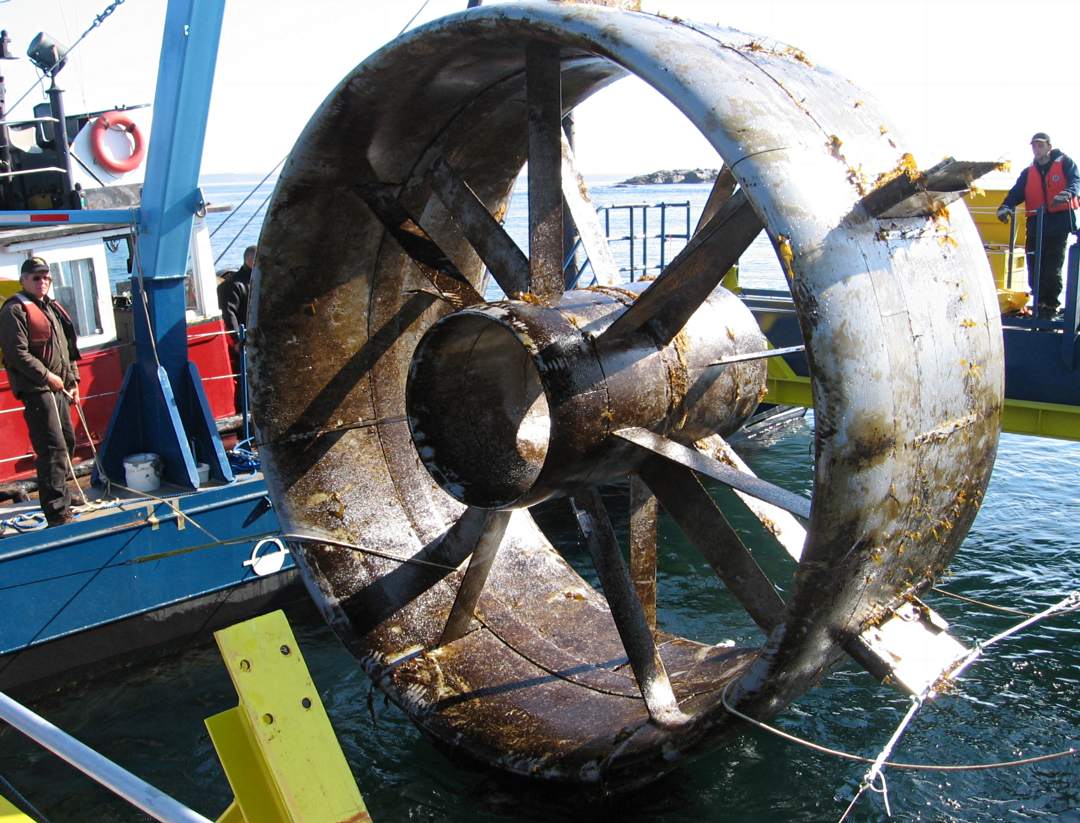
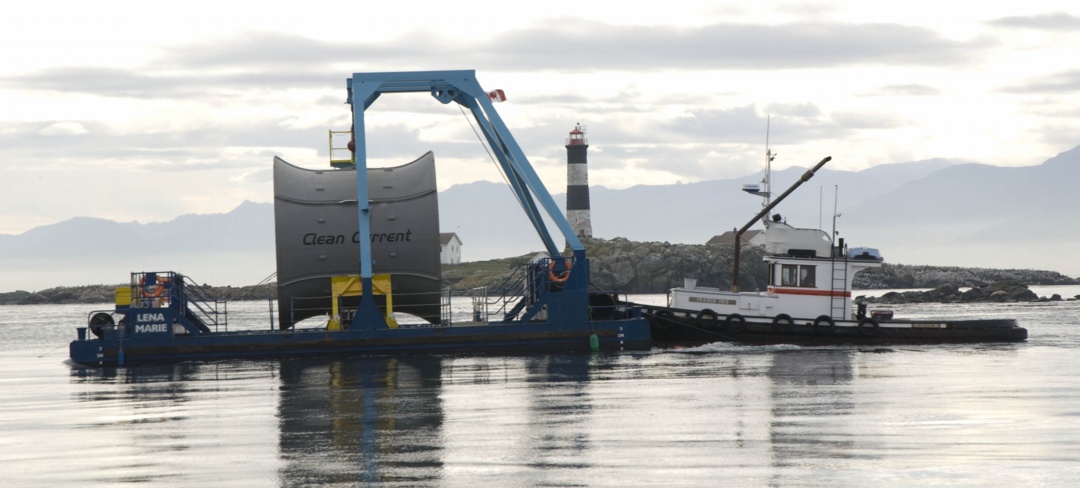

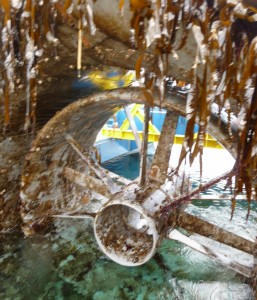 END of Tidal Energy project and removal of Turbine
END of Tidal Energy project and removal of Turbine



